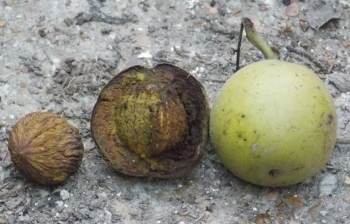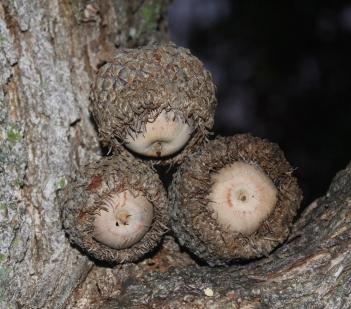Willow; Sand-Bar Willow Silax interior Rowley;. Untypical of willows, this Silax is a low growing, tough, scraggly bush with narrow, leathery, toothed leaves alternating along straight, brittle stems. This willow reproduces from roots as well as seeds, forming expanding clumps. Although it prefers alluvial sand and gravel along stream beds and road-side ditches, it is often found on bare limestone, even where there is no shallow water table. New shoots can bud from nodes along old stems or trunks, giving it a brushy, bristly appearance. Plants are either male or female. Both produce catkins, but female catkins are much larger (2-3”) and are the only ones to convert, in the fall, to masses of white, fibrous achenes that carry seeds on the wind. (96) 4/22/17- ; 18 no obs (achenes 10/20/18); 19 no obs; 20 no obs;

Sandbar Willow habit; a scraggly, arching bush found along road ditches, alluvial gravel beds or bare limestone, with long, narrow, toothed foliage and tiny catkins, which in female plants, convert to tufted, fibrous achenes.

Note; new shoots grow from old trunks, making them look scraggly and rough
Note; the dark grey bark is rough and thin, but lacks corky ridges

Note; long, strap like leaves with coarsely toothed margins are born alternately along new stems

Note; fall flush of achenes turn female plants white with what look like flowers

Note; panicles of tuft like achenes






































